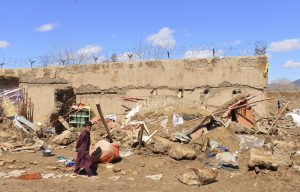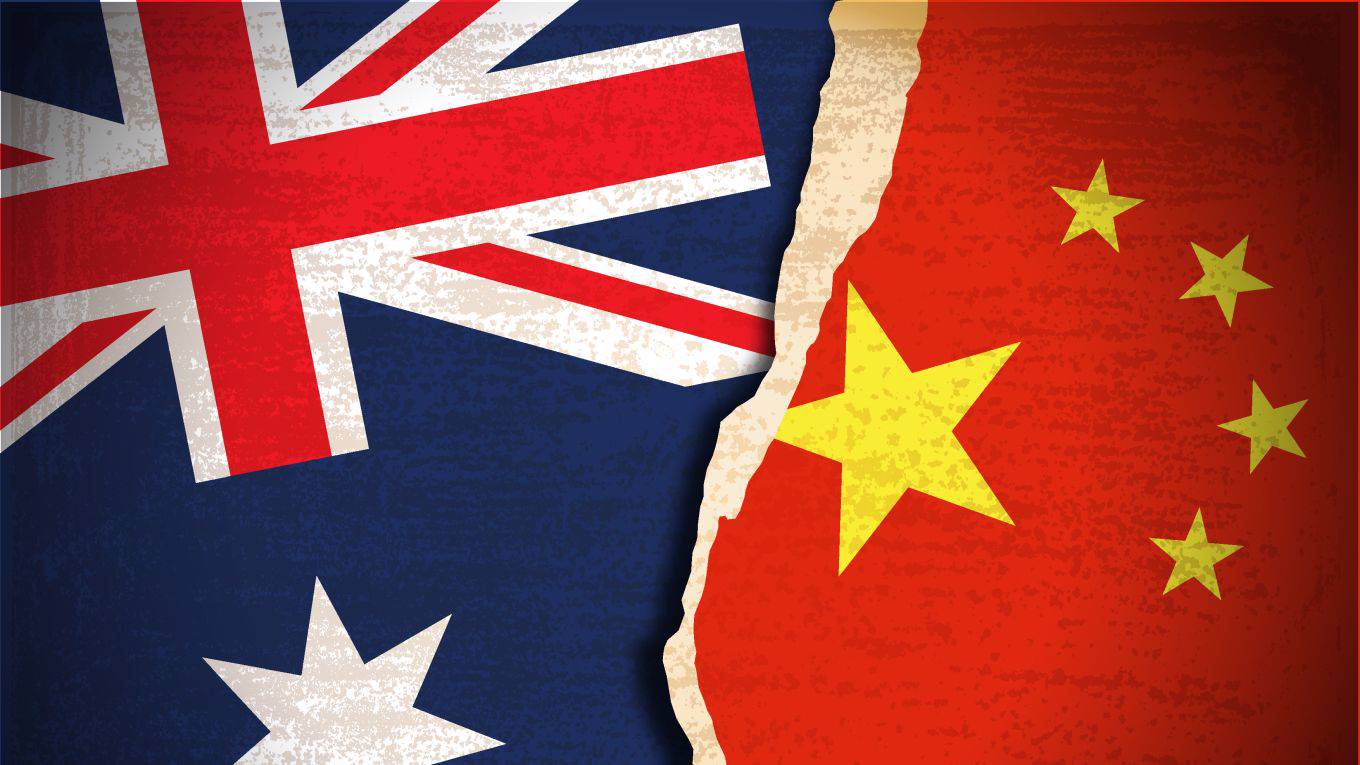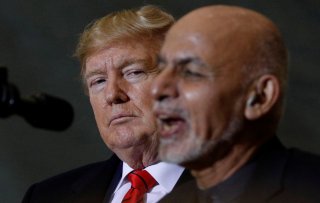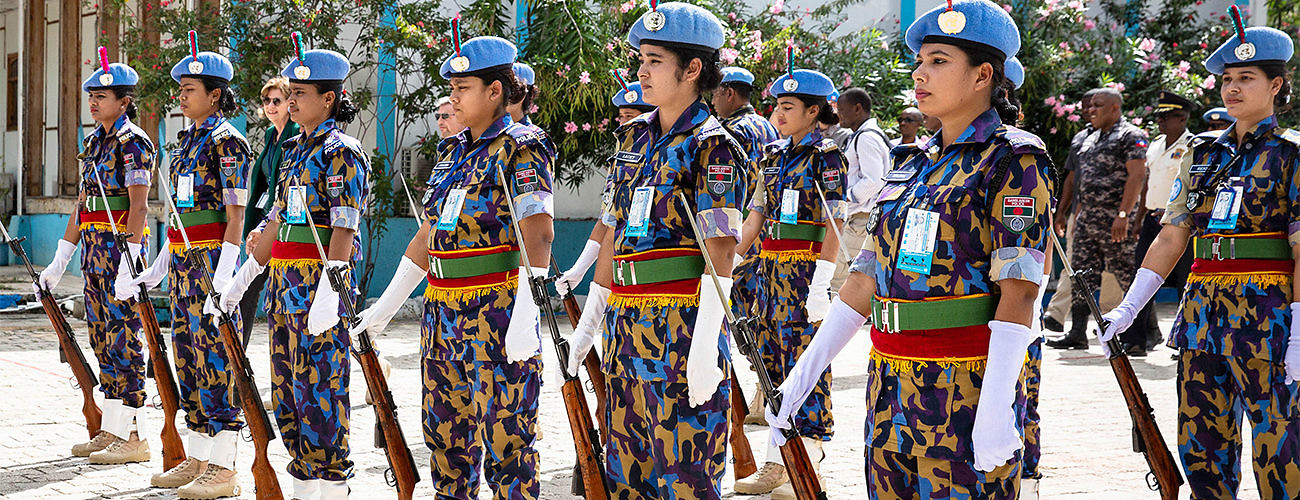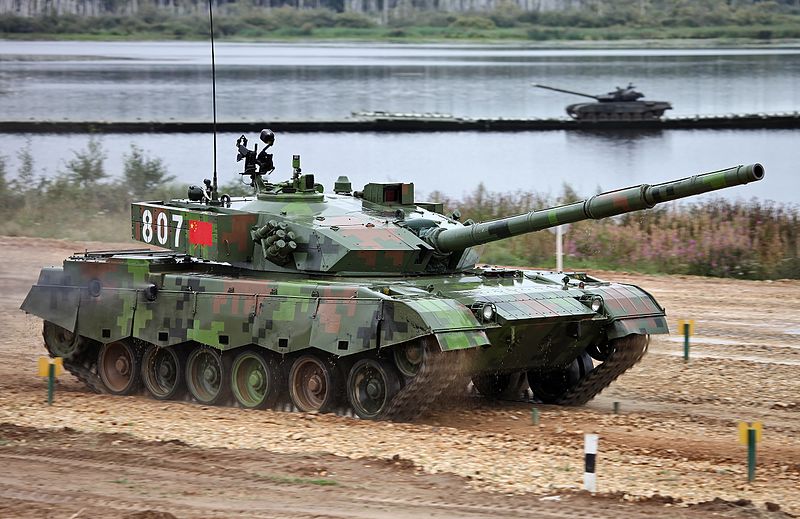by Monica Toft

Unfortunately, each time an administration gets close to leaving, influential voices give reasons given for why it can’t leave. The first and most difficult is that the United States can’t trust the Taliban to abide by any agreement it signs: if the Taliban have a choice between answering to God or answering to the international community, they’ll choose God. All other reasons given fall away from there; but the critical issue is that once the Taliban back away from whatever they agree to in the short term, Afghanistan will return to the status quo antebellum.
